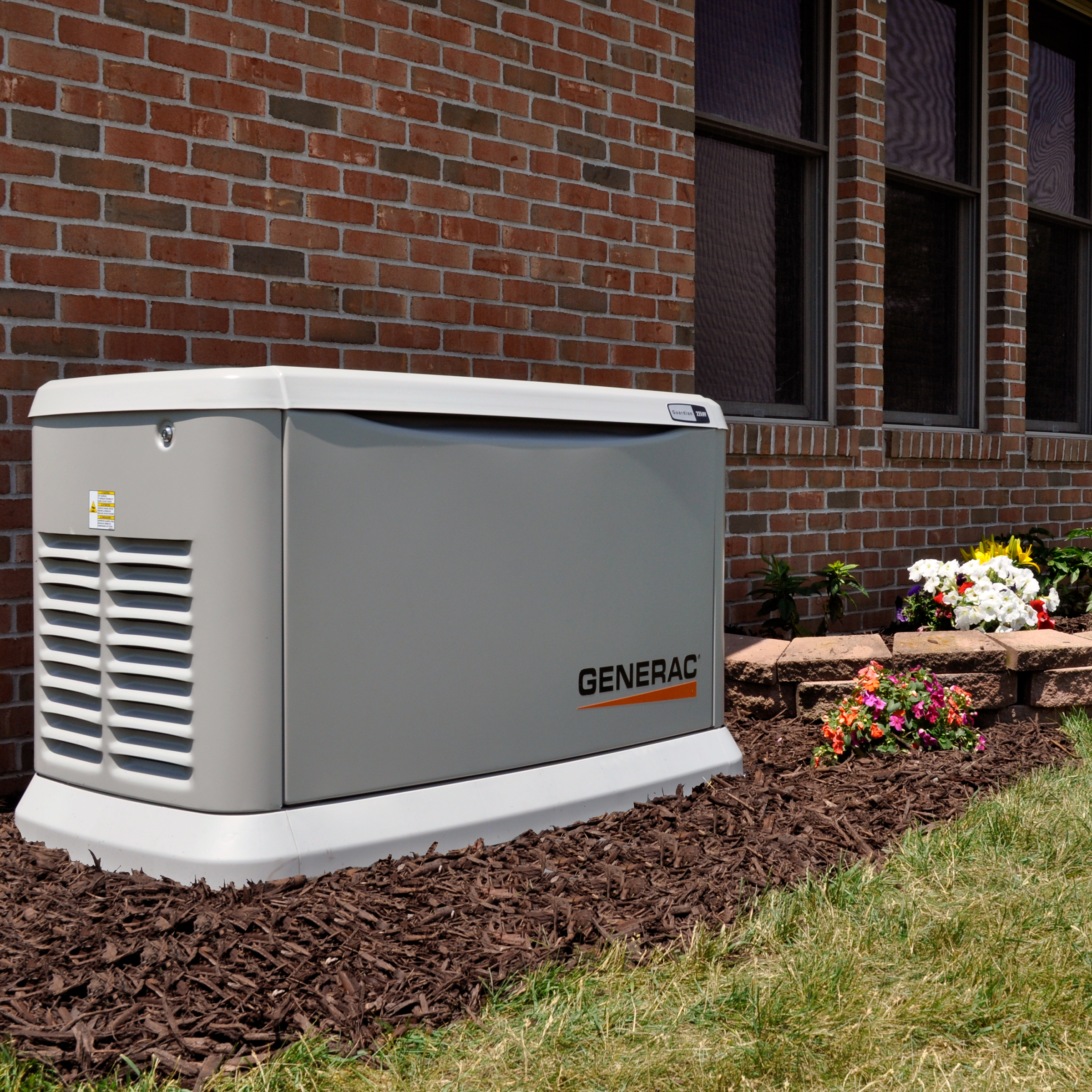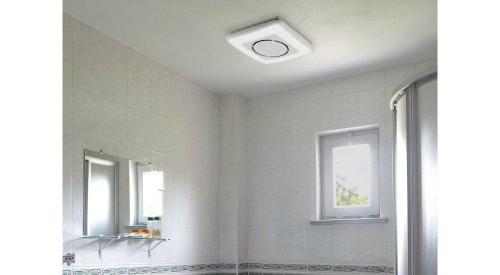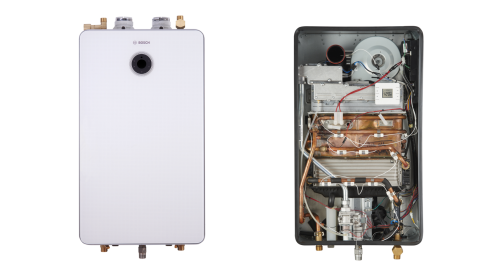As trends go, generator sales are fairly predictable: Demand often swells before and after major weather events that knock out power. Homeowners suffer through hot or cold temperatures for hours or days, watch their freezer thaw, lament the inability to charge their phones—and vow to never let it happen again.
But interest in home generators is up overall. “There are dips along the way,” says Melanie Tydrich, senior channel manager for residential and light commercial generators at Kohler, “but every time we settle back we settle to a higher level than we were before.”
The company introduced entry-level standby generators in 8-, 10-, and 12-kW capacities, designed for consumers with smaller budgets, lower power demands, or compact lots. The units offer high-quality power, with advanced voltage and frequency regulation, and ultra-low harmonic distortion, the company says.
“Our dependency on the electric grid increases, it seems, every year,” agrees Melissa Thomas, marketing director for Briggs & Stratton, noting that even a couple of hours today is as painful to homeowners as a week once was.
And it’s not just weather that’s driving interest, says Ray Stanek, Generac’s senior product manager for home standby generators. “We have aging infrastructure that’s manifesting itself in the form of power outages.”
Savvy builders can arm their buyers early—and set their businesses apart—by including generators as a standard or upgrade feature in their new homes, particularly in areas of the country prone to hurricanes, ice storms, and other severe weather events.
There are two options for household generators—portable or standby. Portable generators are the lower-priced option, but are more cumbersome. The homeowner has to manually turn them on, ensure they have fuel, and remember to maintain them. Portable systems also have size limitations, so users will have to pick and choose just a few essential systems to keep running when the power fails.
In contrast, permanently installed standby generators are more convenient and, depending on the size, can power nearly everything in the home. Connected to a fuel line and tied in via an automatic transfer switch, standby units require no involvement on the part of the homeowner to get going during an outage.
“The experience is completely different [with a standby unit],” says Jake Thomas, director of product management for Generac. “If the customer’s power goes out, they wait 10 seconds and the power’s back on. They don’t have to go out to the garage, plug anything in, etc.”
The Model 100294 14-kW includes a whole-house transfer switch with Demand Control intelligent load management, which monitors the home’s power requirements to avoid overload during surges. The gullwing enclosure provides easy access for service, and a 24-volt starting system operates down to -22 degrees F.
Standby generators come in a range of sizes, from about 8,000 watts and up. The 20,000-watt capacity (20-kW) is Kohler’s most popular, says Tydrich, and is ample wattage to power an entire small home or the essentials in a large home. Standby generators up to 20 or 22 kW are typically air-cooled; at higher wattages, units are liquid-cooled and more expensive. They are also larger.
Along with size and capacity, other details include enclosure type (aluminum or composite are ideal for coastal environments, for example), as well as sound levels. Finally, consider power quality, measured in “total harmonic distortion” (THD). THD levels of 5 percent or less, which is comparable to utility power standards, will protect sensitive electronics.
Manufacturers are continuing to improve load management functionality to increase efficiencies and boost capacities. “We’re definitely working on getting more effi cient engines that give us ways to get more power,” Tydrich says. “Along with that comes lower cost for the consumer because they’re getting more out of smaller generators.”
The company’s 17- and 20-kW standby generators feature the Symphony II power management system, which automatically balances the power needs of a home’s electrical loads. The units’ automotive-grade Galvanneal steel enclosure resists rust and has an advanced powder-coat paint to protect against chips and abrasions.
Briggs & Stratton’s intelligent power management system, for example, learns the power requirements of certain devices and helps prioritize where power goes during outages.
And like nearly every other type of electronic in the home, generators are increasingly available with remote monitoring and control via computers, tablets, and smartphones. Homeowners and their dealers can be alerted to service needs and readiness, as well as overall operation, from anywhere. This feature is particularly essential for consumers with second homes.
“Most people are buying it for the safety and security of their home, so the more tools you can give a customer to see what their generator is providing them the better,” notes David Duffield, director of standby sales for Champion.
Standby generators should be installed by a member of the manufacturer’s dealer network or a licensed electrician. However, builders should keep a few things in mind when prepping the site: The unit will need to be installed near the fuel line and close to where the electricity comes into the home to keep costs down, and generators must be at least 5 feet away from air vents, windows, doors, and other openings.
It’s an investment in convenience, comfort, and safety. Plus, notes Stanek, “You’re adding a lot of value to that house without a lot of cost.”
This story originally appeared in the Jan/Feb 2017 issue of PRODUCTS magazine. See the print version here.
















